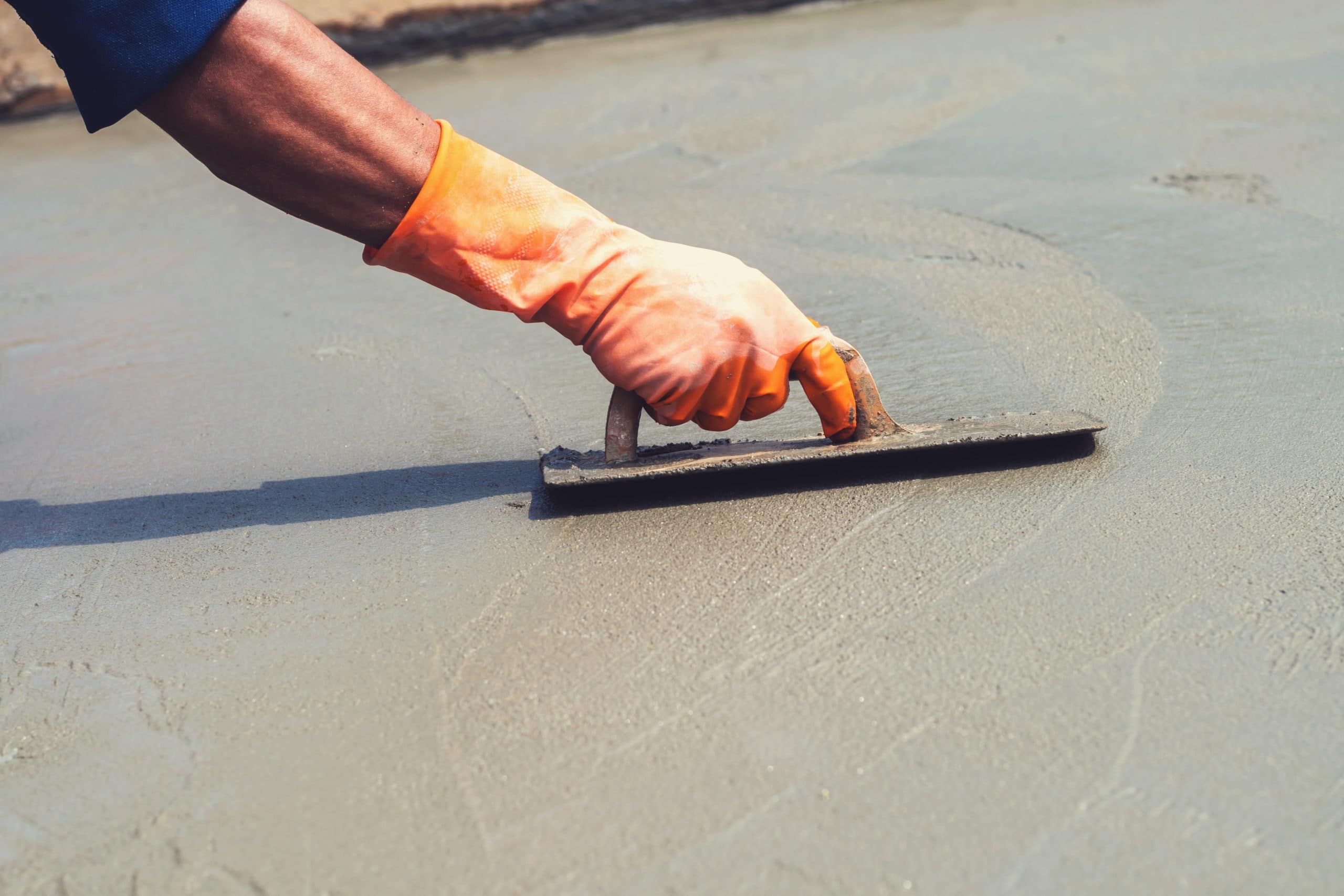If there’s one thing you don’t want to hear as a homeowner, it’s that you have problems with your foundation. Some foundation issues are minor and easily fixable yourself, while others are more complex and require a team to fix your slab.
The good news is that if caught early, most foundations can be fixed and brought back to their original condition—or better. We’ve compiled a list of the top slab foundation repair methods so you can know what route to take when problems arise.
Foam Jacking
Polyurethane foam jacking is one of the most effective ways to repair problems in your sinking or settling foundation. Technicians create a checkerboard pattern over the problem area, then drill holes into your slab, injecting high-density foam under the foundation. Seconds after injection, the foam expands, raising the concrete and filling in empty spots.
This method is typically very cost effective, and it’s quick, making it a favorite of contractors. However, you’ll want to check your plumbing for leaks. Due to the expanding nature of the foam, it can enter into holes in your pipes, solidify inside, and cause serious damage to your already compromised plumbing.
Masonry Patches and Sealants
This method of repair is ideal if you have cracks in your foundation due to shrinkage. Shrinking foundations are not a cause for alarm. Cracks associated with shrinkage usually occur in the corners of your foundations. Though they aren’t severe structural issues, they do need to be remedied before further damage occurs.
Usually, patches and sealants are found in the form of hydraulic cement. Similar to mortar, it sets extremely fast and hardens after mixed, stopping water and leaks in your foundation.
Epoxy Resin
An epoxy sealant is similar to a hydraulic cement sealant, but it goes a few steps further. You opt for epoxy resins when you have more severe foundational cracking. Epoxy can be in either pourable or injectable form, allowing you to choose the method of application that works best for your specific situation.
Slabjacking/Mudjacking
If your foundation is sinking, there’s a chance that the concrete was poured on dirt that wasn’t compacted correctly before construction. While that’s unfortunate for a homeowner, it can be remedied with slabjacking, also known as mudjacking.
In slabjacking, your contractor drills holes into your slab. They then fill those holes with a grout-like mixture which then raises the concrete to the desired height. This method of foundation repair only takes a few hours, can be done in almost any weather, there’s no disruption to your landscaping, and nothing needs to be moved off the concrete.
Piling
There are many different types of piers and pilings that are used for foundation repairs. These methods are more invasive than those mentioned above, but they also provide more long-term solutions and do a better job of restoring your foundation than other options on the table. Below are a few pier and piling approaches to address your foundation issues.
Steel Piers
Steel piers are fantastic solutions for permanent foundation repair. They’re incredibly strong and can be drilled 100 feet into the ground, offering long-lasting and trustworthy stability that you’d be hard-pressed finding anywhere else. Steel piers can—and should—be driven down into the bedrock. This prevents any shifting that might occur in soils closer to the surface of the ground.
Helical Piers
As you can gather from their name, helical piers are steel piers with spiral-shaped heads that are screwed into the ground. These piers are a good option when the soil beneath your foundation is difficult to penetrate with conventional piers and pilings. They are spaced strategically under your slab and are bored into the earth until they’re stable, providing a place for your foundation to rest.
Spot Piers
If you have a lighter foundation that needs attention, spot piers are a perfect choice. A spot pier is a shallow hole dug beneath your foundation and filled with concrete. This option is ideal for porches, sheds, or any other structure that has a smaller, and therefore lighter, foundational load.
Water Management
This method of foundation repair might seem a little out of place on this list, but water management is crucial to both foundation repair and prevention of further problems. Next to soil stabilization, poor or nonexistent water management is the leading cause of foundation problems among homeowners.
Your slab foundation is like a sponge. And when your slab gets wet, then dry, then wet, it compromises the integrity of your foundation, causing breakage, shifting, and other issues that will cost you a lot of time and money. For this reason, it’s crucial that you implement an effective water management plan for your building. This includes damp-proofing, water pumps, and insulation in crawl spaces, to name a few practices.
Proper water management techniques are not only necessary once you’ve repaired a broken foundation, but they’re crucial for preventing foundation damage in the first place.
Wrapping Up
You might be experiencing foundation issues for a number of reasons. When your slab is on the line, you want to address these issues quickly and with the best method for your situation—and budget. After reviewing the methods above, you can see the different ways contractors approach foundation repair. Finding a contractor that knows the method that will work best for your foundation is essential for slab repairs that will stand the test of time.

